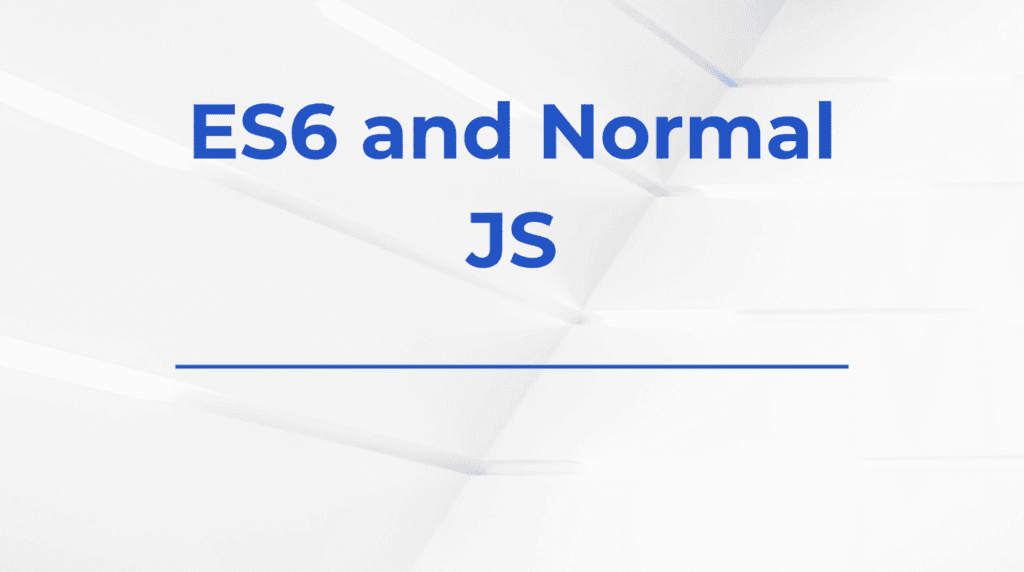Comparing the difficulty of front-end and back-end development has always sparked passionate debate among developers. The reason isn’t simply about syntax or frameworks—it’s rooted in the contrasting mindsets each side demands. While both fields require deep technical skill, they challenge the developer in entirely different ways. The core problem lies in understanding the depth, constraints, and expectations each domain places on a person, and how that aligns—or clashes—with their thinking style.
Visual Precision
One of the most underestimated difficulties in front-end development is pixel-perfect accuracy. Designers hand off Figma files that look flawless on a 1440px Mac screen, but the front-end developer must turn them into responsive layouts that behave identically on low-end Android devices, high-resolution iPads, and ultra-wide monitors.
Minor discrepancies in spacing, color contrast, or icon size can trigger hours of feedback cycles. Clients rarely notice how well your React context API is structured—but they will notice a button 5px off-center. Accessibility compliance adds another layer of complexity, demanding semantic HTML, proper ARIA labels, and keyboard navigation—all without breaking the layout.
Fast Feedback Loops
Front-end bugs are visible. If something breaks, users see it immediately. That pressure alone changes the emotional experience of debugging. Front-end work involves regular testing of every browser version, handling layout flickers during loading states, dealing with JavaScript hydration mismatches, or solving infinite re-renders caused by missed dependencies in useEffect.
And beyond logic, there’s an aesthetic layer. Typography, animation, whitespace—all of it affects user experience. The developer becomes responsible not just for functionality, but for feeling. That psychological weight adds invisible stress.
Logical Complexity
On the other hand, back-end development isn’t easier—it’s just harder in a different dimension. This world revolves around architecture, algorithms, and data management. One API might serve millions of requests daily. A small inefficiency in a SQL query could cause a billing system to return incorrect numbers or introduce a race condition that’s nearly impossible to reproduce.
Unlike the front-end’s visual feedback, back-end bugs often remain hidden until they cause damage. And debugging is usually slower. You may have to sift through logs, analyze latency spikes, or trace memory leaks. Security concerns add more friction—encrypting data at rest, validating inputs, managing secrets, all while keeping performance tight.
Even mundane things like authentication can become tricky when scaling across distributed systems or integrating third-party identity providers.
Different Types of Stress
One of the more interesting distinctions is the nature of pressure each role creates. Front-end developers face real-time stress. Their code is constantly seen, touched, and judged. They must iterate fast and are often the bottleneck for visual tweaks before release. This means high context-switching and rapid iteration cycles, especially in product-driven environments.
Back-end developers deal with invisible pressure. Their mistakes may not be caught until it’s too late, making thoroughness critical. They’re expected to write tests, handle edge cases, prevent outages, and think about how their decisions will hold up years later. The stress is less immediate but longer lasting.
Cross-Domain Demands
There’s also overlap. Many modern front-end developers are expected to understand APIs, handle authorization tokens, manage client-side caching, or even contribute to serverless functions. Similarly, back-end developers may need to expose data in GraphQL, handle CORS policies, or think about how UI consumes paginated data. That blurring of responsibilities makes the traditional split feel a bit outdated.
In full-stack roles, this becomes even more challenging. Writing a performant Express API isn’t enough—you’re also expected to test it, handle deployment, and ensure it integrates seamlessly with a frontend written in React or Vue. Knowledge in both domains is no longer optional in many companies.
Skill Curve
The learning curve also varies. Beginners often find front-end development easier to start with—render a button, click it, see what happens. The visual feedback helps learning stick. But as complexity grows, maintaining a large-scale front-end becomes brutal. Managing state across multiple components, handling conditional rendering, and avoiding unnecessary re-renders can become a game of chess.
Back-end work tends to have a steeper initial learning curve—understanding databases, networking, and the request/response lifecycle. But once foundational concepts are learned, back-end code tends to be more stable and evolves more slowly than front-end libraries.
Here’s a simple contrast for clarity:
| Aspect | Front-End | Back-End |
|---|---|---|
| Visibility of bugs | Immediate and visual | Delayed or hidden in logs |
| Required attention to detail | Pixel-level design, responsiveness | Logic, data consistency, scalability |
| Learning curve | Easier to start, harder to master | Harder to start, stabilizes over time |
| Pressure type | Real-time UI feedback, client expectations | Architectural responsibility, data safety |
| Toolset volatility | High (frequent framework updates) | Medium (APIs, databases evolve slower) |
Team Expectations
In many teams, front-end developers are often expected to “just make it look like the design,” which drastically underplays the effort involved. Meanwhile, back-end developers are expected to be invisible heroes—if the API works and the server stays up, no one notices them. These unfair perceptions fuel the myth that one is easier than the other.
It also leads to an imbalance in how tech leads assign deadlines or how juniors are mentored. If a project fails, back-end is often blamed for logic failures, while front-end is blamed for poor UX. Both ends carry risk, and both require deep thought, planning, and continuous learning.
Conclusion
Neither front-end nor back-end is universally harder—it depends on how your brain works, the kind of problems you enjoy solving, and the kind of stress you’re equipped to handle. One demands empathy, rapid iteration, and visual detail. The other requires architectural vision, long-term thinking, and invisible precision. And in a modern development world where full-stack thinking is encouraged, the real challenge might not be choosing one—it might be respecting both.









